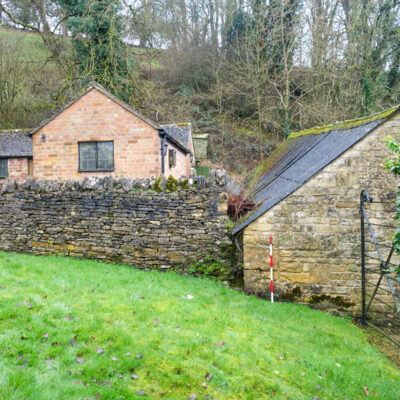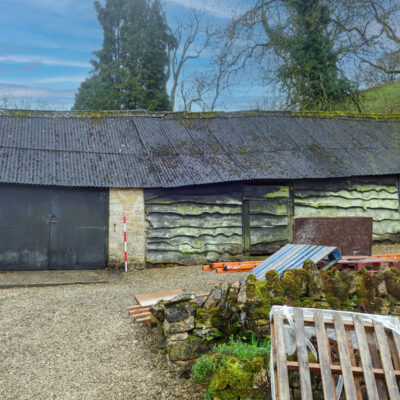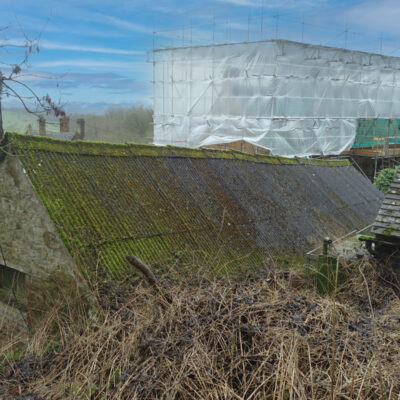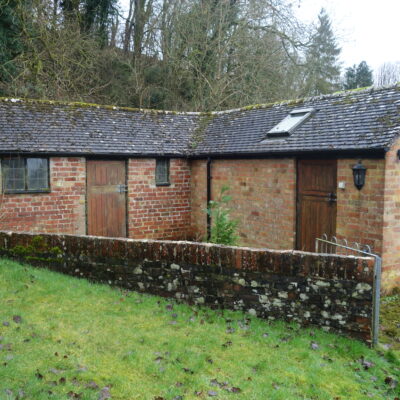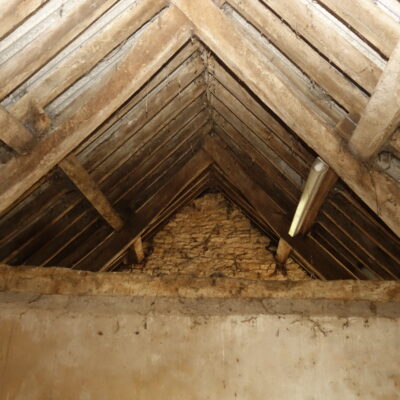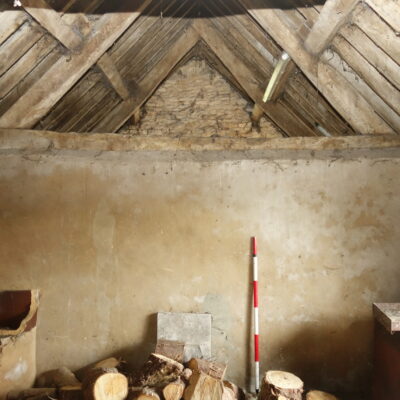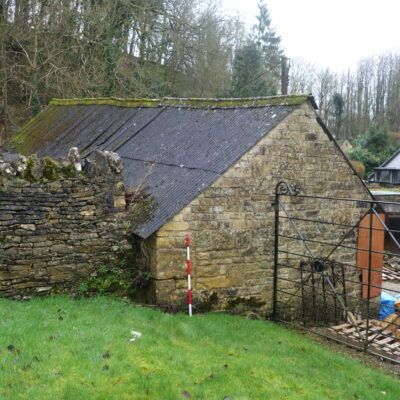Archaeological Standing Building Recording, Gloucestershire
Border Archaeology carried out a programme of Archaeological Standing Building Recording to Historic England/RCHME Level 2 regarding a Stable block and Kennel range at Oat Hill Farm, Snowshill, Gloucestershire.
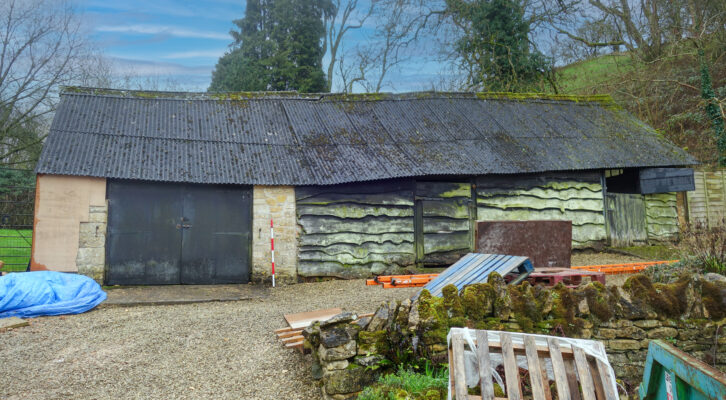
In Brief
Key Points
- The two traditional farm outbuildings were located next to Oat Hill Farm, an unlisted stone-built farmhouse of 17th-18th century date situated within the historic Cotswold village of Snowshill, designated as a Conservation Area.
- The programme of Archaeological Standing Building Recording was undertaken to discharge a planning condition which required that an appropriately detailed drawn, photographic and written record of the two outbuildings was carried out prior to demolition.
- The building recording was carried out in accordance with a Written Scheme of Investigation prepared by BA and submitted to the Conservation Officer at Tewkesbury Borough Council for their approval prior to commencement of work.
Summary
The Stable block consisted of a three-bay rectangular range of probable mid-late 19th century date, constructed of stone and stud timber framing with waney-edged boarding. It formed the middle portion of an L-shaped range of outbuildings first clearly shown on the OS 1st edition 25-inch Map of 1884. The interior of the Stable block had been subject to extensive alterations including partial conversion to a garage and few historic fixtures or fittings of interest were noted.
Situated on a terrace above and immediately SE of the Stable block, the earliest part of the Kennels, represented by the three-bay gabled red-brick range appears to have been built at some time between 1902 and 1923 and was probably originally used as pigsties and was later as stabling. A single-bay gabled range was added in the late 1990s-early 2000s.
Results
A report was produced presenting the results of the programme of Level 2 Archaeological Standing Building Recording, which was approved by the Conservation Officer, allowing the condition to be discharged and development to proceed.

